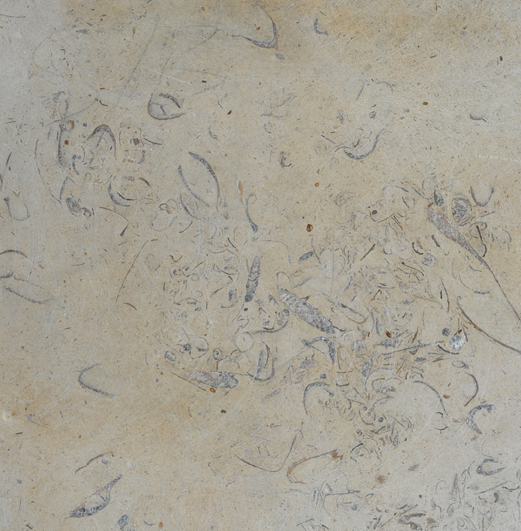Lincoln Cathedral has its own quarry supplying the stone used to maintain the cathedral. But within five years there will be no useable stone left in the quarry, so a new bed of rock needs to be sourced for the Lincoln Cathedral stonemason’s to use. Last year £1.5million was spent on conservation of the fabric of the building.
Now, a series of tests are ongoing to check the feasibility of a new quarry site just north of the existing quarry. The cathedral has to be careful to make sure the stone matches that used before. It also has to check that there is enough stone available to meet the demands of the Cathedral. Stone of different sizes are being taken out of a test pit for investigation this week.
This has been the result of eight years of work for the Cathedral's Works Department. Carol Heidschuster, the Works Manager, says: "This is very important. The Cathedral has an ongoing restoration programme for at least the next 25 years. Our major stonemasonry projects use in the region of 100 tonnes of Lincoln Limestone per year. The Cathedral has owned a quarry on Riseholme Road since 1874 and this has been actively quarried since 1992. We only have five years of stone left.
"If we find that the stone within the City of Lincoln Council-owned land is suitable, this could provide us with another 15 years of stone. We are hugely grateful for the support of the City of Lincoln Council and local residents who have all enabled us get to this point where we can extract sample beds of stone.
"Lincoln Cathedral is unique as it is built from stone which would have been extracted from within ¾ mile radius of the building itself. Therefore our options are now limited for what is likely to be available in the city due to urbanisation. The opportunity to have this source available to us is priceless."
The Cathedral has previously sought permission to explore and extract stone from development sites in the city to try to source stone from the sites before they are built on and effectively sterilised from the point of view of stone extraction.

